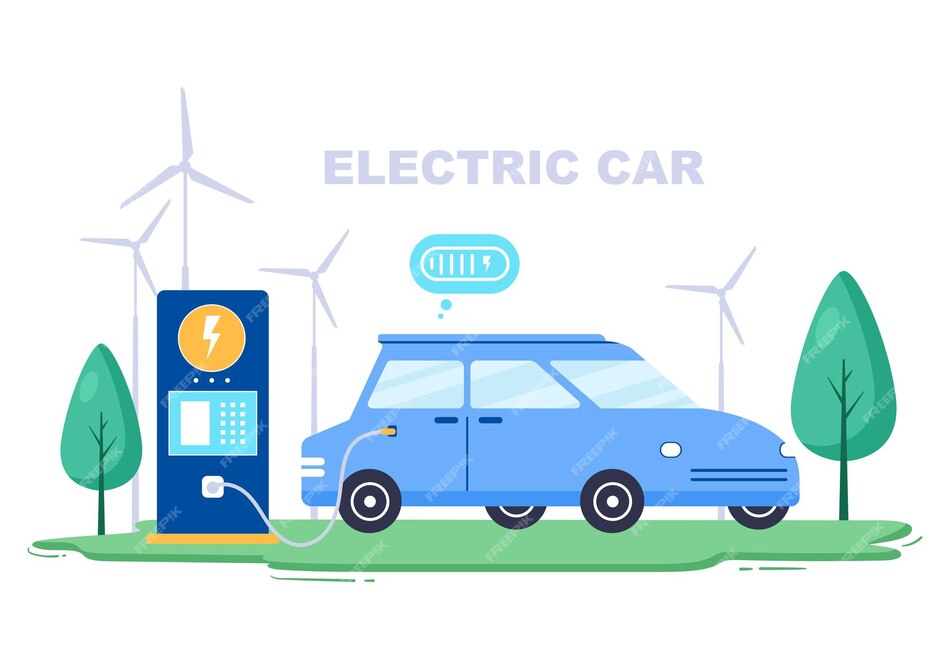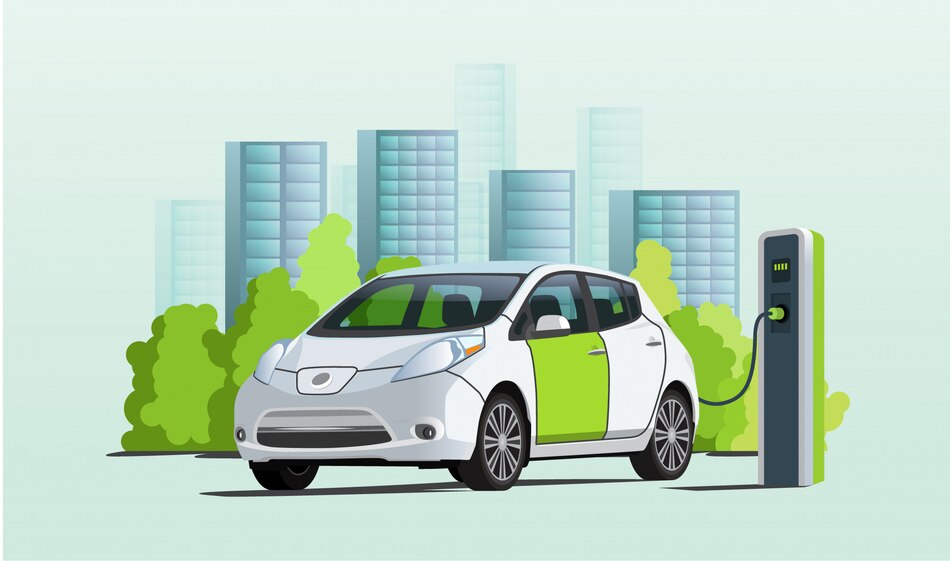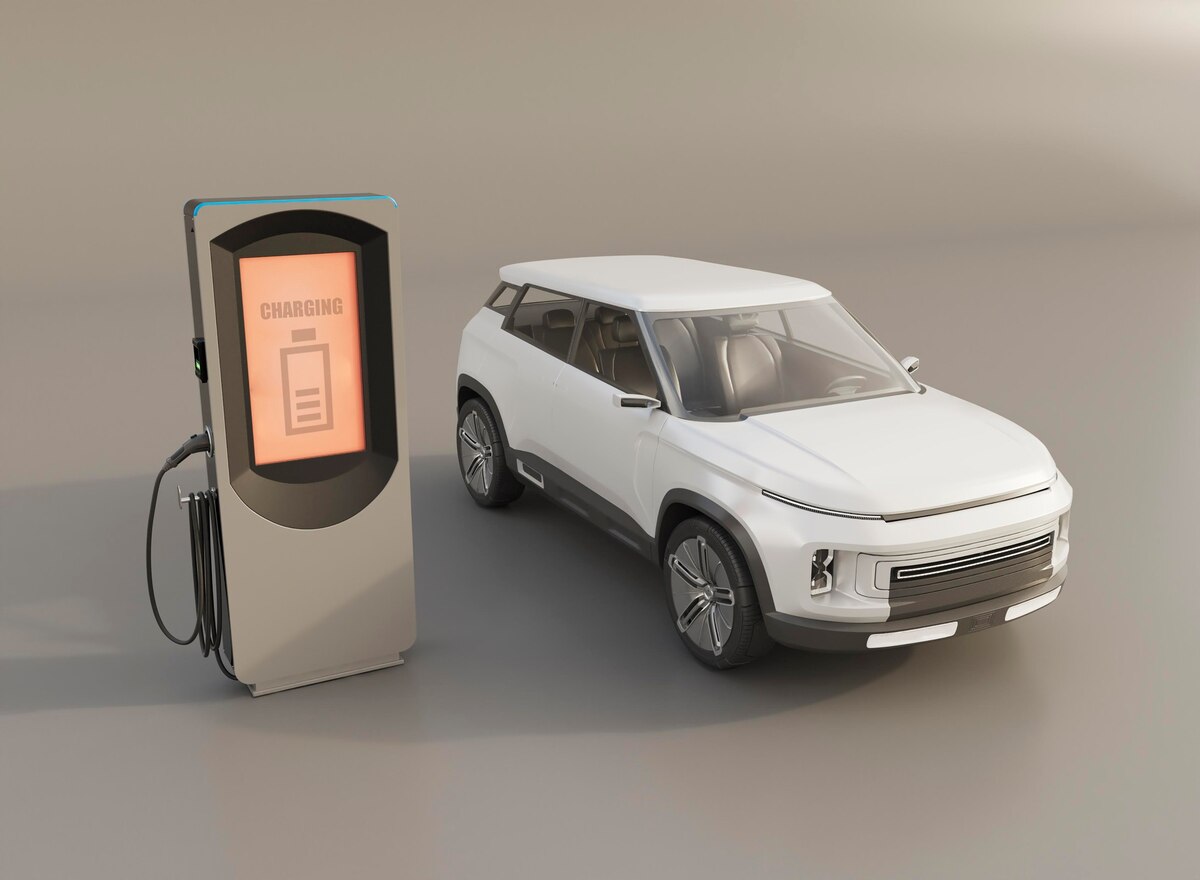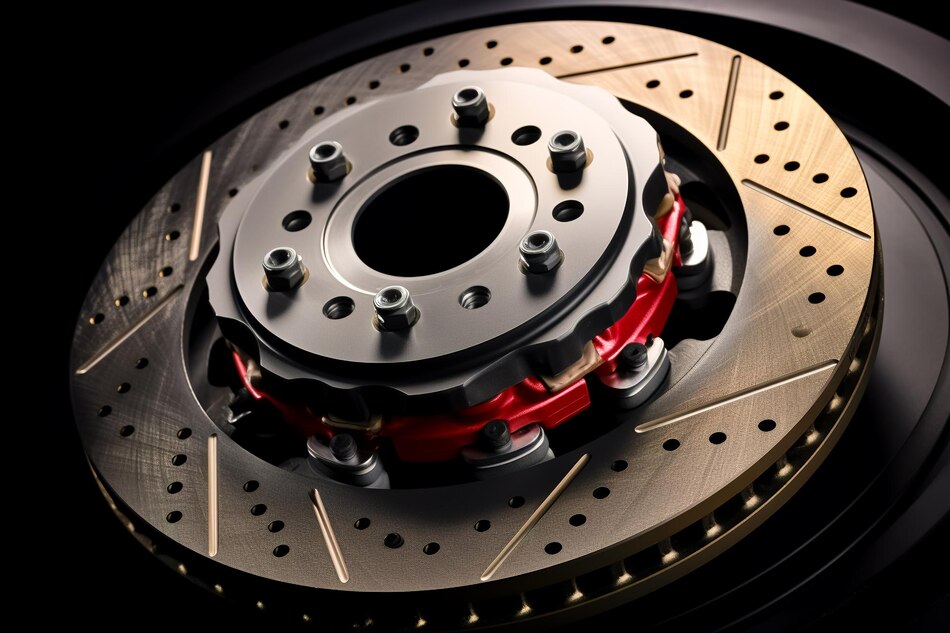How Does Regenerative Braking Work In Electric Cars?
Regenerative brakes change the way hybrid and electric cars drive. This lesson shows you how regenerative stopping systems work and how they can help the environment. Regenerative brakes are essential as the car business moves toward cleaner options. As we look into the changing world of regenerative braking and find the promise for safer, more efficient driving, you can be a potential owner or a curious fan.
What Are Regenerative Brakes?
Unlike friction-based brakes, regenerative brakes change the way cars stop. With regular hydraulic brakes, motion energy is lost as heat. But with regenerative brakes, that energy is used to charge the car’s batteries. This section discusses the science behind regenerative braking and how it helps the earth.
Electric engines are used in regenerative braking to stop a car. Regenerative brakes use friction between the brake pads and rotors to stop the vehicle, while hydraulic brakes use friction between the pads and rotors. The technology turns the car’s physical energy into electricity saved in the batteries.
Regenerative stopping makes the car go slower and charges the cells simultaneously, saving energy. This one-of-a-kind stopping system is used in hybrid and electric cars, which put ecology and protecting the environment first. Using friction brakes less, regenerative stopping is better for the environment and reduces the need to repair brake parts.
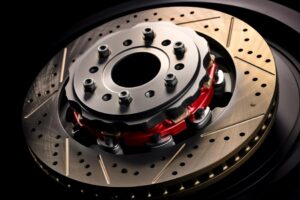
Types Of Vehicles That Have Regenerative Braking
Many cars have regenerative stopping built into them, which shows how flexible they are. There are different types of hybrid cars, such as plug-in hybrids, light hybrids, and electric vehicles.
This part discusses the wide range of cars that use regenerative braking and stresses how common it is in modern car design. Some new vehicles come with regenerative brakes. As the number of electric cars grows, this list is incomplete:
- All versions of Lucid, Rivian, and Tesla
- Chevrolet Bolt EV and Bolt EUV
- Ford Mustang Mach-E
- Kia EV6
- Nissan Leaf
- Toyota Prius
- Kia Sorento Hybrid
- Toyota RAV4 Prime
- Hyundai Ioniq 5
- Chrysler Pacifica Hybrid
Advantages Of Regenerative Brakes
Regenerative brakes are a new age of fuel-efficient and environmentally friendly cars that are good for the environment and the driving experience. What’s good about regenerative brakes:
Enhance Energy Recovery:
Regenerative brakes turn motion energy into electricity that can efficiently power the car’s batteries. This method gets more energy back than friction-based systems, so regenerative brakes help hybrid and electric cars go farther.
Enhanced Driving Range:
One significant benefit of regenerative braking is that it lets you drive farther. The energy recovered might not increase gas economy per se, but it does increase the car’s range over time. People who drive electric vehicles (EVs) value every extra mile of range.
Reduced Brake Wear:
Friction brakes last longer because regenerative brakes use less power. Regenerative brakes do most of the stopping, so brake pads, rotors, and shoes don’t need to be fixed as often. Some hybrid and electric cars may have brakes that last 100,000 miles.
Impact On The Environment:
Regenerative brakes are better for the environment because they turn moving energy into electricity instead of heat. Using less energy waste helps protect the earth with regular vehicles. Regenerative stopping technologies help make transportation greener.
Enhanced Efficiency In Regular Hybrids:
Regenerative braking is used in regular hybrids for two purposes. It increases the driving range and powers music and temperature control gear. This makes things run more smoothly by expanding the economy and lowering the engine and electricity system load.
Less Expensive Brake Maintenance:
Friction brakes are used less, which saves car owners money. Regenerative stopping makes brake parts last longer, cutting down on trips to the brake repair center and making regenerative brakes more valuable.
Disadvantages Of Regenerative Brakes
There are pros and cons to regenerative brakes that drivers should be aware of:
Drivers’ Adjustment Period:
People who are used to regular brakes may need to get used to regenerative brakes. Driving may feel strange at first when you use regenerative brakes.
Dependable Less At High Speeds:
Unlike friction brakes, regenerative brakes can fail at high speeds. When you must stop quickly and reliably, friction brakes work better than regeneration brakes. Their dual-stopping systems make hybrid and electric cars more reliable in various driving conditions.
Few Benefits, Slow Speed:
There are times when regenerative stopping works best. Moving slowly in the city might not be the best way to get things done. In some situations, regenerative braking might not increase the driving range, which makes it less valuable.
How Regenerative Brakes Work?
If drivers want to get the most out of regenerative brakes, they must know how they work. When the car slows down, regenerative brakes turn the electric motors around into generators. This part breaks down the steps of the process and focuses on how the system recovers energy and charges batteries.
As the generator example shows, regenerative brakes can slow the car down and make energy simultaneously. This new technical process slows down and stops the vehicle like friction brakes, but it is very different from what has been done before. Even though they use different technologies, regenerative brakes work perfectly and have lights that let other cars know they’re there.
Practices For Using Regenerative Brakes
Regenerative brakes work in the real world, but drivers have to communicate with the device. Many hybrid and electric cars have different kinds of regenerative brakes. Some cars have paddles next to the steering wheel that let you physically turn on regenerative brakes, making driving more interesting. Regenerative stopping generally works with the brake pedal, which makes it easy to turn on.
With regenerative brakes, you can drive with just one wheel. When going in a way that saves gas, regenerative braking may slow down or stop the car. This mode makes it easier to recover energy and drive smoothly on long trips. This section discusses how regenerative braking might help a car’s gas mileage when it’s typically driven.
Conclusion
Regenerative brakes have changed the way hybrid and electric cars stop. As more people choose environmentally friendly ways to get around, it becomes clearer how regenerative braking works, how much energy it recovers, and how it affects the environment.
Brakes that regenerate power are more than just tools. They help the auto business go green by making driving more environmentally friendly and fuel-efficient. Selecting regenerative brakes is a smart move toward a cleaner and cheaper way to get around.

